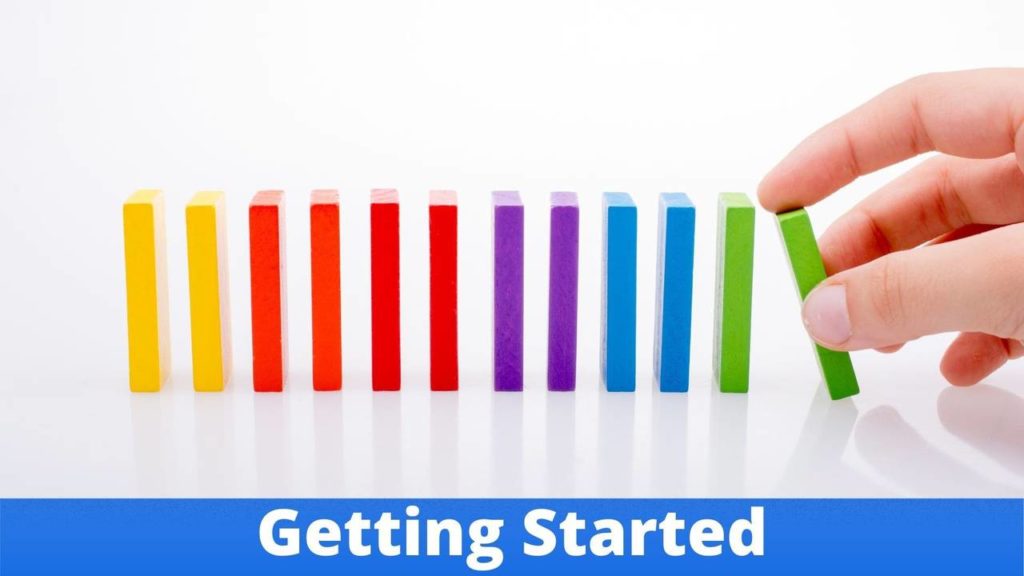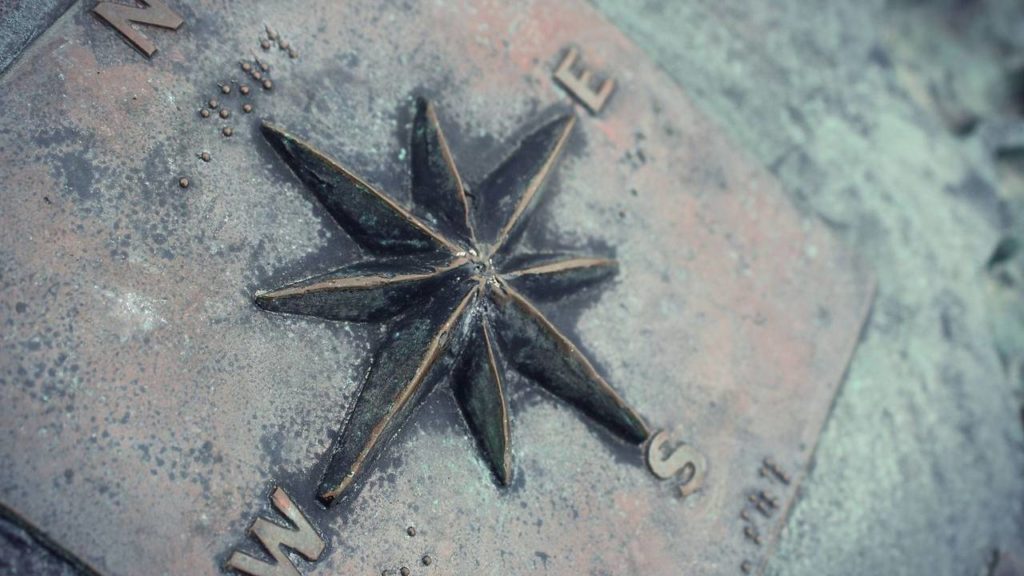Welcome to Building Curiosity!

Welcome to Building Curiosity in the Workplace! Congratulations on taking the first big step toward helping yourself and others get on a road to discovery and out of status-quo thinking!
I became interested in learning more about curiosity when I researched my book, Cracking the Curiosity Code. I discovered that there was no actual research on what inhibits curiosity and how to overcome those inhibitors. That led to my interest in creating an assessment to help determine those factors and improve them!
I learned that curiosity is the spark that leads to most of the things that organizations want to improve. For example, curiosity is the spark to engagement, innovation, motivation, and ultimately productivity. So, in other words, if you can enhance curiosity, you can help organizations make more money.
I work with consultants and HR professionals to teach them how to train organizations to recognize what is holding them back to move forward. I have found that many consultants are tired of giving the same old assessments that put people into boxes. Those assessments can be enlightening, but many organizations have shared with me that they want more. They want to fix the things that keep engagement low. They want to spark the fire that creates innovation.
That is where you come into the picture. If you want to be more relevant in today’s workplace. If you want to help organizations reach their peak performance, it requires diagnosing what holds them back. Within most organizations, they have yet to discover the actual connection between promoting and rewarding curiosity and the outcome of a better bottom line. That is where you can help them.
My research led to the creation of the Curiosity Code Index assessment. That assessment is something that you can bring to organizations and assist them with interpreting their results. You can help them create action plans for how to do that. The best part is having employees be your primary provider of input that can lead to a report that keeps everyone’s information anonymous and yet lays out the plan for what leaders can do to improve curiosity in the workplace. Because we know, based on research from Francesca Gino from Harvard, that leaders often believe they promote curiosity. Still, when you ask their employees, they do not feel it is as rewarded as the leaders think. That is why these sessions are so critical.
Additionally, some exciting new research about curiosity was released by SAS. Check out some of the insights they discovered in their study:

So let’s get started!

Hello! I am Dr. Diane Hamilton and I’m excited to have you join me here.
Before you begin, I wanted to make sure that you all have read the book ‘Cracking The Curiosity Code’ and that you’ve taken the CCI Assessment.

Download Cracking the Curiosity Code book here!

Take the Curiosity Code Index Assessment here!
When you add the assessment to your cart, use this coupon code to take the CCI assessment free: cci5c6ad4b207217
For trainers, please Click here to download the Train the Trainer Guide.
If you are as passionate as I am about helping organizations succeed, then you are in the right place! Throughout this course, you will get all the tools and information you need to create your training program that utilizes the Curiosity Code Index to help organizations get out of the status quo and on the path to positive engagement, innovative ideas, and increased productivity!
To navigate in this course, please note that you can click on module information listed on the left of the screen to advance.

In this course, we will cover the fundamentals about the importance of curiosity. What is it? What happens to it? Why is that important? How do we lose it an how do we get it back?
I. Introduction, Outline, and Objectives. What is curiosity? To truly help others improve their levels, they must understand its roots.
II. Why is curiosity important to organizations? That is the key issue here. If leaders can recognize the importance of that, you have done your job! Because, it is through this knowledge, that you can reinvent an entire culture.
III. How do we get it back? That is another major reason organizations need you. Recognizing that curiosity is diminished is a step, but we must all set a path for getting out of our status-quo ways and building our curiosity. You will be instrumental for organizations who want to do that. To train organizations to change their culture, you must know how to deliver the content. You must be able to give assessments to determine what holds people back and be able to share that content in a way that ignites their desire to create a plan to overcome those factors. It is at that point that you can create reports for leaders to help them have a roadmap to help the entire organization thrive and build curiosity to overcome issues that have held them back from reaching their full potential.
IV. Wrap up and suggested ways to move forward.
I recognize there is a lot to learn here, but it is broken down into easy-to-digest chunks. Remember that that I’m with you every step of the way — even when things get challenging.
All in all, it’s to serve as that sweet reminder that you’ve got this! Go back to any area as often as you need to keep your “why” top of mind and your momentum in full motion.
About the Creator: The author of Cracking the Curiosity Code and the creator of the Curiosity Code Index™ (CCI) is Dr. Diane Hamilton.
Biography of Dr. Diane Hamilton:
Dr. Diane Hamilton is the President and Founder of Tonerra, a global coaching and consulting firm. She is also a nationally syndicated radio host, speaker, and educator. Through her work as the MBA Program Chair at the Forbes School of Business and several other universities, she has taught more than 1000 business courses. Dr. Hamilton possesses a Ph.D. in Business and is a certified Myers-Briggs MBTI and Emotional Intelligence EQ-i instructor. She advises and inspires Fortune 500 executives and entrepreneurs, to help them increase engagement, improve productivity, and reduce conflict. She is the author of multiple books, one of which was about personality assessments that was required reading at a university in Arizona.